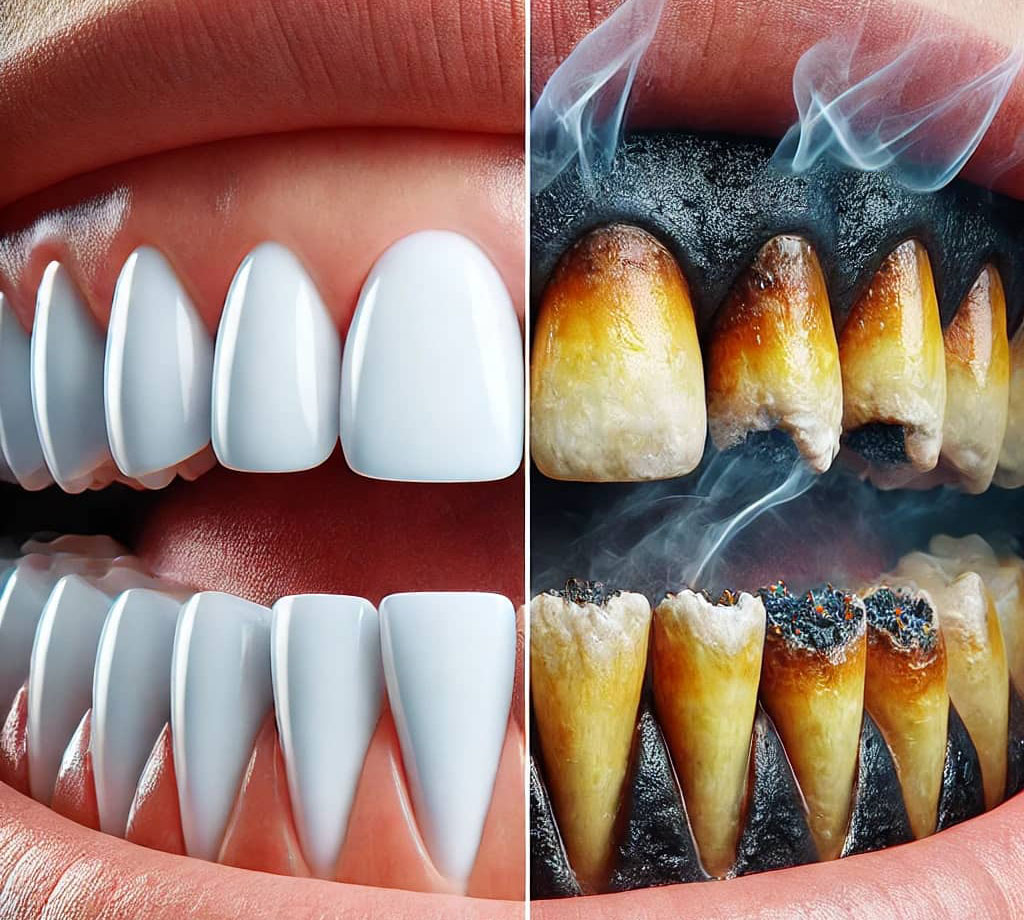
Recent research has highlighted the detrimental effects of smoking on the oral microbiome, the diverse community of bacteria and microorganisms in the mouth. Smoking disrupts the balance of these microorganisms, leading to an overgrowth of harmful bacteria such as Fusobacterium and Campylobacter. These bacteria contribute to gum diseases like periodontitis and may also increase the risk of cardiovascular diseases due to the inflammation they cause.
Smoking reduces the production of saliva, which is essential for keeping the mouth healthy by limiting bacterial growth. With less saliva and lower oxygen levels, harmful bacteria thrive, leading to plaque formation, tooth decay, and gum infections. The chemicals in tobacco, such as nicotine and tar, further exacerbate these issues by altering the mouth’s environment.
Nicotine, in particular, encourages the growth of bacteria like P. gingivalis, which forms sticky colonies on teeth and gums, known as dental biofilms. These biofilms, if left untreated, can cause severe gum disease, tooth loss, and even systemic health issues such as heart disease. Smoking not only harms oral health but can also compromise the immune system, making it harder for the body to heal.
Even though some turn to electronic cigarettes or vapes as an alternative to smoking, early research suggests that vaping may also increase the growth of harmful bacteria in the mouth. Both smoking and vaping have been linked to the rise of bacteria that cause gum disease, further proving that e-cigarettes are not a safe substitute.
The good news is that quitting smoking can restore the natural balance of the oral microbiome over time, reducing the risk of gum disease and promoting overall health. Raising awareness about the harmful effects of smoking, particularly among younger populations, remains crucial in preventing these health risks.
